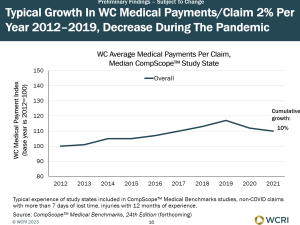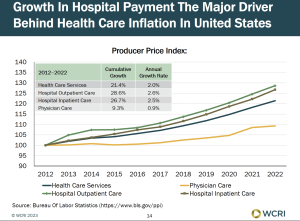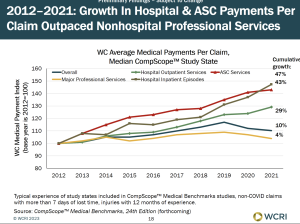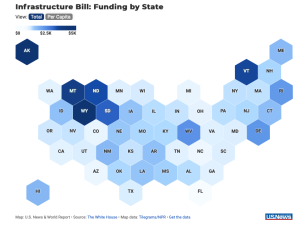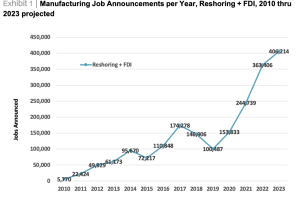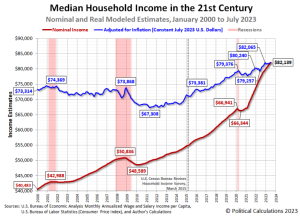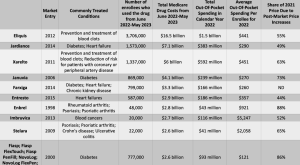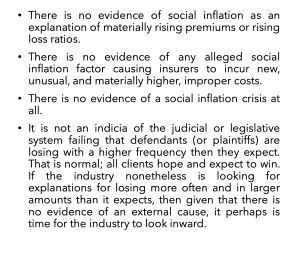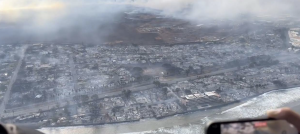
Joni Mitchell’s Big Yellow Taxi provides today’s lede…and for good reason. The handful of elected House members on the verge of shutting down the entire government claim no one will notice when the Feds are furloughed.
Ha.
Here’s a very brief list…
-
Most inspections of hazardous waste sites and drinking water and chemical facilities would stop.
-
CMS will furlough non-essential workers, potentially delaying MSA processing
- OSHA will shut down all but critical operations
-
FEMA has begun rationing its money, pausing about $1.5 billion in longer-term recovery projects to ensure it has enough cash on hand in the event of a major, deadly crisis
-
Workplace safety inspections would be reduced or, if the shutdown persists, potentially stop
- New applications for Social Security will be delayed, affecting some claim settlement negotiations
- In past shutdowns the E-Verify system (for employers to verify work status/eligibility) wasn’t operating, likely limiting new hiring
- Major infrastructure projects would stop
- The Community Health Center Fund (CHFC), which sends federal funding to health centers – could be halted, among others…patients would have to seek care elsewhere, further increasing the burden on hospitals.
- Enrollment in clinical trials would be delayed or postponed
- Grants for new clinical research would halt
- Funding for Federal courts runs out October 13 (although some may be able to continue operating)
- 10,000 kids would lose access to HeadStart – and thousands of others would also lose daycare, impacting parents’ ability to work.
What does this mean for you?
After you’ve burned the place down, where will you live?


